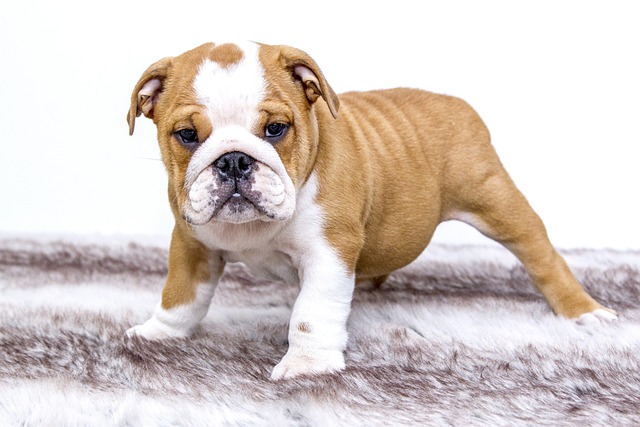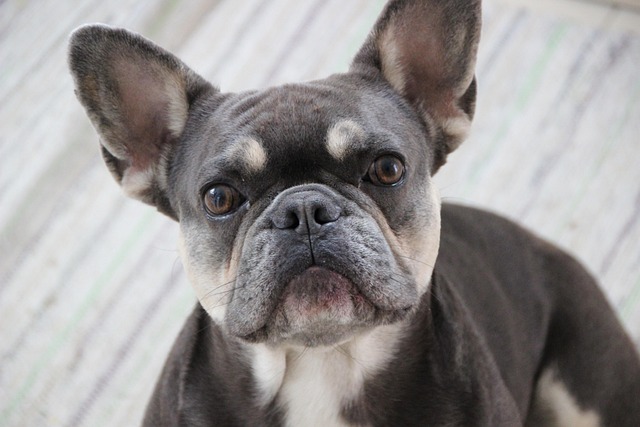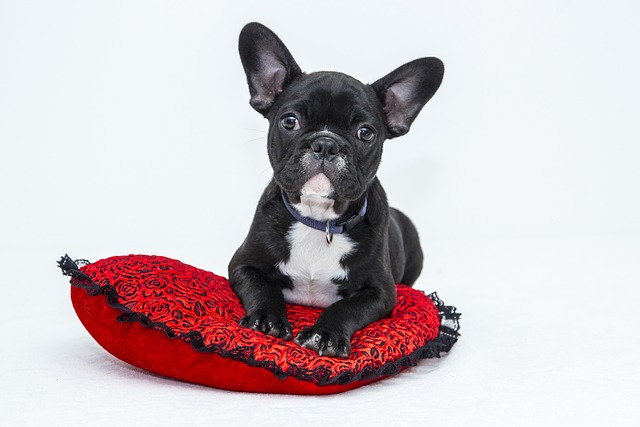
How do dogs get infected with ear mites
If you’ve ever watched your dog paw at their ear like it’s on fire, then noticed dark, crumbly gunk—like coffee grounds—when you peek inside, you’re probably dealing with ear mites.
If you’re a new dog owner watching a mother dog with her puppies, you’ve probably noticed that telltale moment: she leans down, nips gently at the loose skin on a puppy’s neck, and lifts. It’s a common sight, but it’s easy to wonder—does that hurt? Is she being rough? For first-timers, this behavior can feel jarring, like watching something that should be wrong, but your gut says the mom knows best.
That “neck grab” actually has a name: scruffing, and it’s one of the most basic maternal instincts in dogs. For thousands of years, mother dogs have used this technique to move puppies safely—from a cold corner to a warmer spot, or away from danger. The loose skin on a puppy’s neck is designed for this: it’s thick, well-protected, and doesn’t have sensitive nerves. When mom grabs on, puppies even go limp, a reflex that makes them easier to carry. It’s not just about transport, either—gentle scruffing helps mom establish calm in the litter, teaching puppies to settle down when needed.
 Of course, there’s a difference between normal scruffing and cause for concern. Healthy behavior looks soft: mom’s jaws are loose, the puppy doesn’t yelp or struggle, and she lets go quickly once they’re in place. If she’s clamping down hard, shaking, or doing it nonstop, that might signal stress—maybe the litter is too big, or the environment feels unsafe. As a new owner, your job is to observe: note how the puppies react. Relaxed bodies and quiet whimpers are fine; panic or repeated crying means it’s time to check in with a vet.
Of course, there’s a difference between normal scruffing and cause for concern. Healthy behavior looks soft: mom’s jaws are loose, the puppy doesn’t yelp or struggle, and she lets go quickly once they’re in place. If she’s clamping down hard, shaking, or doing it nonstop, that might signal stress—maybe the litter is too big, or the environment feels unsafe. As a new owner, your job is to observe: note how the puppies react. Relaxed bodies and quiet whimpers are fine; panic or repeated crying means it’s time to check in with a vet.
So what should you do when you see mom grabbing her puppies by the neck? The short answer: almost nothing. Interfering can confuse her or make her more anxious—she’s hardwired to care for her litter this way. Instead, focus on creating a low-stress space: quiet, warm, and away from foot traffic. Keep the area clean (remember, in most places, you’re legally responsible for picking up after dogs, even puppies, once they’re outside) and stick to a feeding routine. If you’re really worried, reach out to a certified dog trainer or your vet—they can help you tell normal maternal behavior from something that needs attention.
It’s also worth remembering that this kind of gentle guidance is worlds away from punishment. In many 欧美 (Western) places, positive training is the standard—rewarding good behavior instead of scolding bad. Mom dogs do the same: scruffing is about protection, not discipline. And as your puppies grow, that instinct will fade—they’ll get too big to carry, and mom will switch to nuzzles and soft growls to keep them in line.
Finally, don’t forget the basics: make sure mom and puppies are up to date on vaccines (required by law in most U.S. states) and schedule regular checkups. Raising a litter is a big job, but trusting mom’s instincts—including that neck grab—goes a long way.

If you’ve ever watched your dog paw at their ear like it’s on fire, then noticed dark, crumbly gunk—like coffee grounds—when you peek inside, you’re probably dealing with ear mites.

If you’ve ever watched your poodle squint through a Miami afternoon, paws darting to rub at their eyes after a romp in the grass, you’ve probably thought

If you’ve ever noticed your dog’s paws or nose turning thick, crusty, and rough—like they’re covered in dried clay—and wondered, “Could tiny bugs be causing this?”

That heart-sinking moment when your golden retriever hesitates before jumping onto your Seattle apartment’s hardwood floor, licking at cracked, sandpaper-rough paw pads?

Once-obedient puppy suddenly ignoring commands, darting after squirrels mid-walk, or chewing the couch instead of their toy—many owners wonder if they’re doing something wrong.

If you’ve ever found yourself holding a bottle of eye drops, staring at your pup’s red, watery eye, and wondering, “Can I just put this in?” you’re not alone.